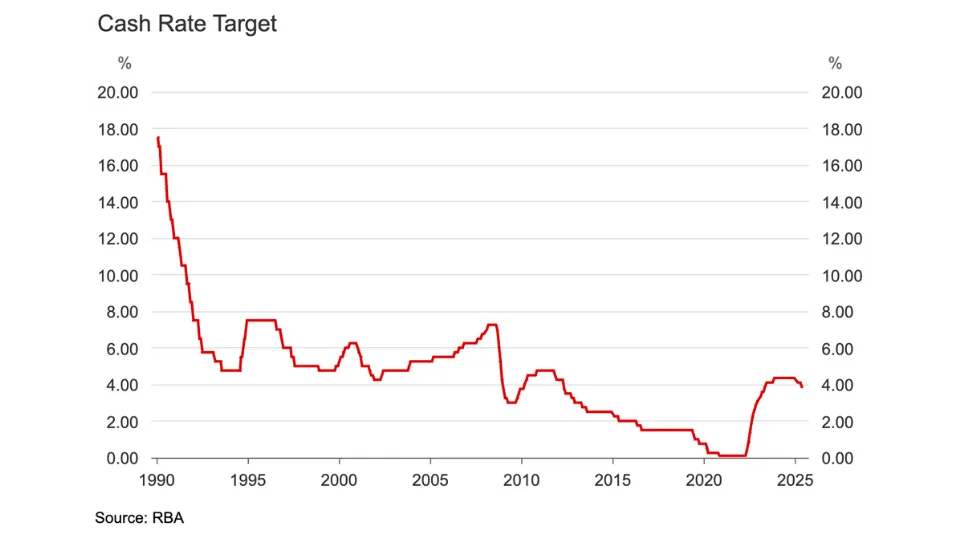The Bendigo and Adelaide Bank Ltd (ASX: BEN) share price rose upon the announcement of its half-yearly results (HY21). Is Bendigo Bank a good ASX dividend investment?
Bendigo Bank was formed following the merger of Bendigo Bank and Adelaide Bank in November 2007. The bank primarily focuses on lending to every day Aussies, in particular, residential (74%) and business (23%). Bendigo Bank competes against Bank of Queensland Limited
(ASX: BOQ), Commonwealth Bank (ASX: CBA) and other major Australian banks.
FY21 highlights
BEN’s total lending for FY21 increased by 8.6% to a total of $68.3 billion, with residential lending being a major contributor, which grew by 14%. Further, there was a rise of 26.3% in applications compared to the prior corresponding period in HY20 (PCP).
Whilst lending grew, Bendigo Bank secured an additional $5 billion in customer deposits over HY21, taking total deposits to $72.3 billion.
Although net interest margin fell seven basis points (0.07%) compared to HY19, it jumped by one basis point (0.01%) relative to the last six months.
Bendigo Bank made significant strides in improving its bottom line, increasing its net profit after tax (NPAT) by 67.3% to $243.9 million for HY21 compared to the PCP. This big improvement is attributed to the reduction in interest expenses on customer deposits and lower operating expenses.
The fall in interest expenses on customer deposits was due to the fall in interest rates. As for operations, it appears the reduction was a result of a reduction in staff, which occurred in November and December 2020.
BEN’s board declared a dividend of 28 cents per share, which comprises the 4.5 cents per share for FY20 and 23.5 cents per share for HY21.
Management view
Marnie Baker, Managing Director and CEO of Bendigo Bank, said, “In line with our strategy to reduce complexity, invest in capability, and tell our story, we grew in all our key priority markets, which combined with effective cost management to result in positive cash earnings across all divisions“.
Marnie also expressed her view that Bendigo Bank’s strength and resilience is supported by the continual decline in the number of customer accounts on deferral, down 86% from the peak of 31% on 31 May 2020. The value of accounts where repayments have been deferred is around $1.1 billion, a reduction of 84.2% from a peak of $6.9 billion.
My view
Bendigo Bank has managed to improve its overall net profitability by tightening its expenses (cutting staff) and lowering interest rates on customer deposits. However, I don’t think this will be sustainable over the long-run. Be sure to compare BEN shares to other banks like National Australia Bank (ASX: NAB) or ANZ Banking Group (ASX: ANZ).
In such circumstances, I think to myself – where are future revenue and margin growth going to come from? In Bendigo Bank’s case, it will likely need to continue to increase the volume of loans due to the low net interest margin.
Bendigo Bank’s solid balance sheet, the decline in customer account deferrals and dividend-paying record make it a solid ASX dividend share, but I think growth will be hard to come by.











